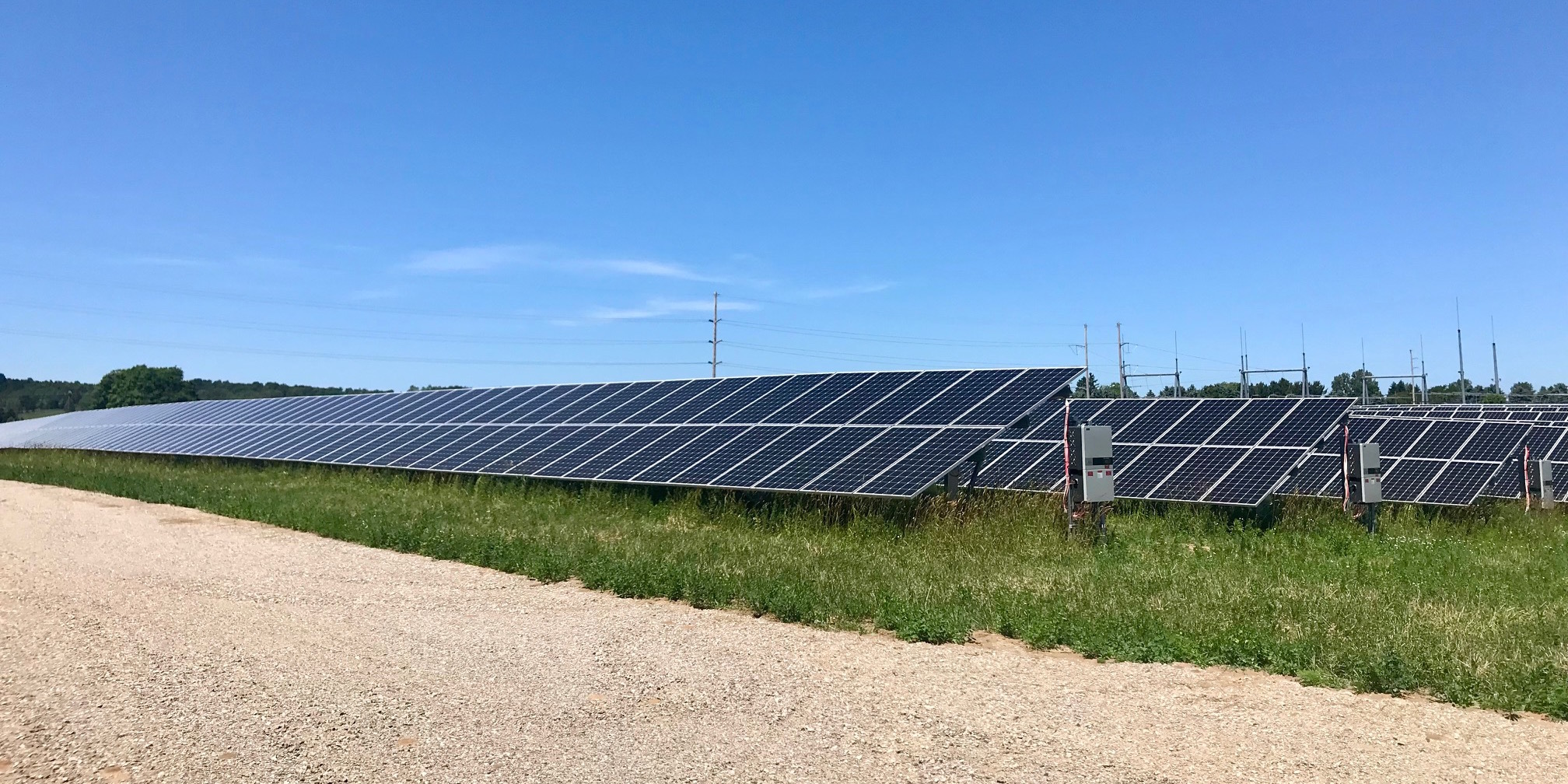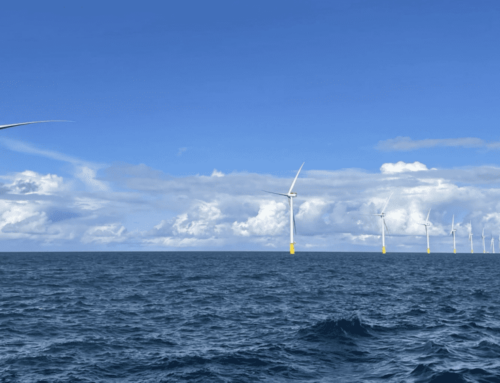TC Light & Power Prepares to Roll Out Net Billing
November 11, 2024

Traverse City Light & Power (TCLP) will hold a public hearing tonight (Tuesday) at 5:30pm at the Governmental Center on plans to roll out a new net billing program in March. The program will allow customers with renewable energy systems – like solar arrays – to sell excess power to the grid and be reimbursed for it. The move comes as TCLP also plans to shift to a “time-of-use” approach that will charge customers higher electric rates during peak hours and lower rates during off hours.
Under TCLP’s current program for customers producing renewable energy, called “net metering,” customers receive a kilowatt hour credit on their bill when they produce more energy than they use. Customers are credited at a retail rate, or the same rate they’re billed for energy. However, there’s a systemwide cap on net metering – TCLP’s is 760 kilowatts – which limits how many customers can participate in the program. TCLP is essentially maxed out now with 66 customers, according to Executive Director Brandie Ekren.
Under TCLP’s proposed shift to net billing, that systemwide cap will be eliminated. That will allow many more customers to participate in the program if they choose, says Ekren. Net billing also reimburses customers for the extra energy they produce to the grid – and at a wholesale cost, rather than a retail rate, meaning other customers aren’t subsidizing the program.
However, Ekren says TCLP’s net billing will be unique “because the amount credited back to customers can actually be higher than what they’re charged for their own energy usage.” That’s because the utility is shifting to a time-of-use (TOU) approach for rates – a dynamic pricing model similar to Uber’s surge pricing. Under TOU, customers are charged a higher rate when the cost of purchasing and delivering electricity is higher (typically afternoon to early evening, especially during the summer) and a lower rate when the power generation cost is lower (late evening and early morning).
“TOU pricing better aligns electricity costs with market prices,” according to the TCLP website, which adds that the approach “creates fairness by recovering the costs of providing electric service equitably. Those customers who cost more to serve pay more, and those customers who cost less to serve pay less.”
TCLP hopes to shift behavior by giving customers the option to save money through consuming more electricity in off-peak times and less during peak times. “This includes doing laundry, operating the dishwasher, or charging their electric vehicle,” the website states. TCLP plans to start transitioning all customers to TOU pricing by the end of 2025, Ekren says. The utility will offer two program options – called Eco Champion and Eco Steady – with different peak rates/hours (and thus incentives) based on how much customers are willing to modify their usage.
TOU is expected to be essentially revenue-neutral for the city-owned utility because “off-peak prices are lower than the normal residential rate, while on-peak prices are higher,” the website states. “Doing this equals approximately the same amount of revenue, except that now there is more flexibility for customers to control their electric costs.” TCLP is working on technology improvements that will allow customers to monitor their energy usage in real time and adjust their consumption accordingly.
TCLP also wants to reward net billing customers – who will be enrolled in the Eco Champion program – for producing more energy during peak periods. Net billing customers will be charged close to 23 cents per kilowatt hour during peak summer hours, but can earn more than 26 cents per kilowatt hour during that same time period. Similarly, rates during winter peaks would be about 8.6 cents per kilowatt hour, but net billing customers could earn 12 cents per kilowatt hour.
“Solar generation is probably booming the most on a sunny, hot day, and that’s also when we’re drawing the most energy from the grid,” Ekren explains. “So we calculated a value (to reflect) when you’re producing energy when it’s costing us the most money. We want to incentivize you for that.” Excess energy production will be credited back as a dollar amount on a customer’s bill, which can be banked up to a year. “So if you’re getting a high amount of credit back to your bill in the summer months, you can use that in the winter months,” says Ekren, calling it a “win for those generating renewable energy, while supporting grid economics.”
Existing net metering customers will be offered a transition period before moving to net billing, “which keeps us inclusive of early adopters while welcoming new customers into a sustainable, future-ready program,” Ekren says. She adds that credit rates reflecting peak market values “help TCLP support both renewable growth and system reliability, ensuring that all customers, regardless of whether they generate solar power, benefit fairly.”
Several rebates are on the market now to help consumers – including businesses – install renewable energy systems on their properties. Ekren says local community groups like Groundwork Center and Keen Technical Solutions are good resources for customers to learn more about such systems. In the next year or two, TCLP hopes to build out an “engagement platform” on its website that will point customers to numerous energy savings opportunities, ranging from renewable energy systems to energy efficiency and building envelope upgrades, Ekren says.
Search
RECENT PRESS RELEASES
Related Post




